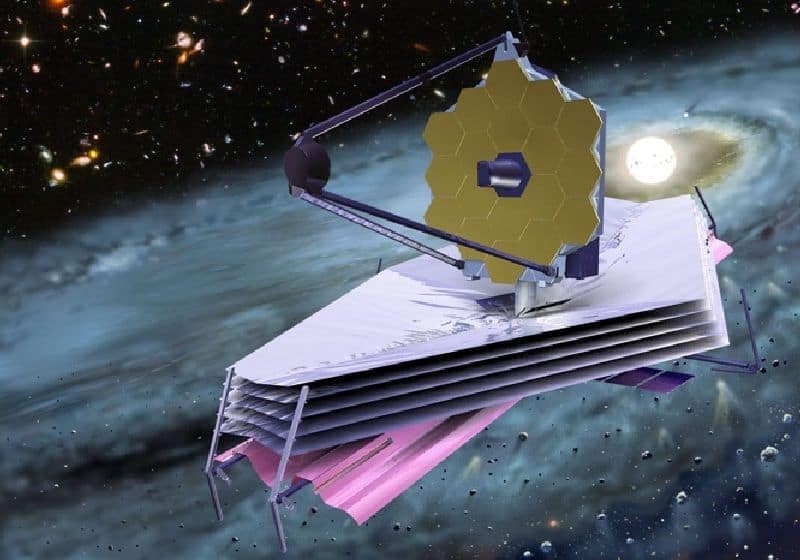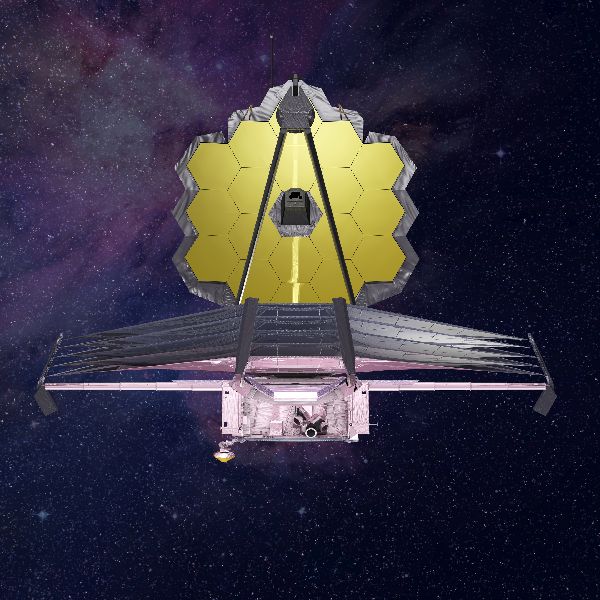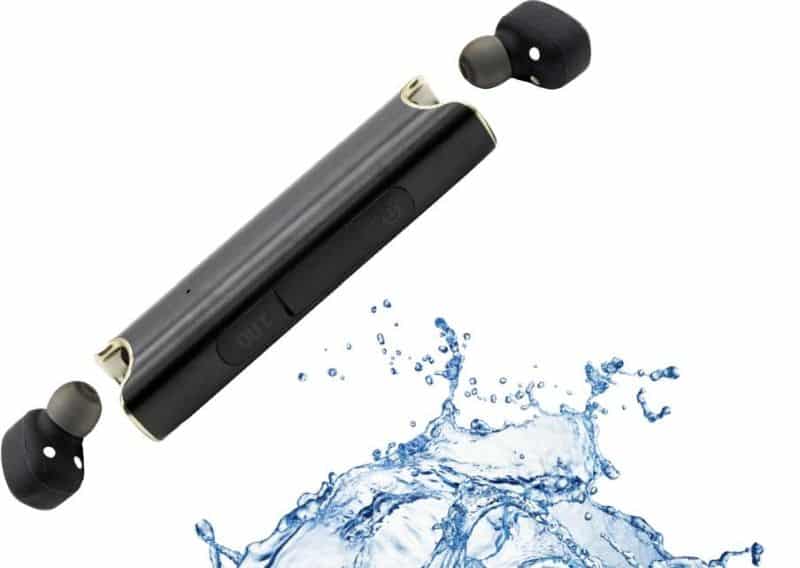The James Webb Space Telescope (JWST) is an ambitious telescope that NASA is building. It is the most powerful telescope ever built. Webb is an international project being led by NASA, with assistance from its partners, the European Space Agency (ESA) and the Canadian Space Agency.
So far, a decade has been spent in designing and manufacturing the telescope mirrors. Just making and testing it has cost over $9 billion and has proved to be a formidable task. The JWST will be stationed one million miles from Earth, beyond the range of the moon. This position is within the Earth-Sun Lagrange range where a combined gravitational pull of the Earth, moon, and Sun allows the telescope to stay tethered to Earth as we circle the Sun. JWST will be remotely operated from the control room set up at John Hopkins University.
Features
Image Source : nasa.gov
The telescope has a massive 6.5 meters primary mirror which has recently undergone rigorous testing in a space-like condition in a just as massive cryogenic chamber. The JWST has 18 gold-plated beryllium mirror portions that make it larger than a 4 story building. To keep it insulated from the extreme temperatures present in space, it will require an equally massive sunshield. The sunshield would help to maintain the cold temperatures that it needs to operate. The array of scientific instruments that are part of JWST give it the ability to detect very faint infrared light.
Current status
The telescope is ready in almost all aspects but there has been a delay in its launch. This has to do with finding the best method to combine the spacecraft with the sunshield needed for the telescope. This delay is only because NASA wants to approach this problem very systematically instead of rushing it. The success of the mission is of paramount importance and at this point. A delay of even months or some extra expenditure holds less priority. Attempts are being made to make the JWST as serviceable as possible.
Expected launch
NASA is expected to announce a launch date for the mission after the review in early February. The launch date has been postponed from October 2018 and is expected to be somewhere between March 2021.
Work Many times better than the Hubble Space Telescope
The JWST has no shortage of work once deployed safely. It can detect objects 16 times fainter than the Hubble Space Telescope. It will be used to study some of the most ancient galaxies out there. These are galaxies that were formed more than 13 billion years ago and can provide excellent insights into how the early stars were formed. They will also enlighten us on how the first galaxies came into existence when the conditions in the universe were too hot and dense to allow it. A rough estimate of how many galaxies were formed in the first billion years after Big Bang will also come to light.
Search for life on Europa
Closer to home, the JWST will be able to lift the curtain on the conditions on Jupiter’s moon Europa. Europa has been known to throw out icy fluid from a subsurface ocean and JWST will hopefully give us a better picture of the situation. It will help confirm if these fountains do exist and this will help us design the Europa flyby mission. This mission is scheduled to look for signs of life on Europa.
The compositions of Exoplanets
Exoplanets are planets outside our solar system that orbit other stars. The James Webb Space Telescope will provide more information about these giants’ atmosphere. The telescope will try to determine the composition of various compounds like oxygen, carbon dioxide and methane in the exoplanet’s atmosphere. This will help us decide whether a planet is capable of supporting life. Two planets have already been selected to carry out further observations, namely WASP-39 b and WASP-43 b.
Search for the origin of our solar system
Besides, the JWST will also focus on Trojan asteroids to find out our solar system’s origins. It will also observe the three biggest low-albedo asteroids and the atmosphere on Neptune, Saturn, Jupiter, and other heavenly bodies.
Conclusion
As listed above, the JWST will have no dearth of tasks once it’s all set up in the orbit. The future of every single branch of astronomy will be illuminated by JWST’s insights. NASA has once again slated its launch. But even if successfully launches on the expected 30th March 2021, it would be totally worth the delay.










